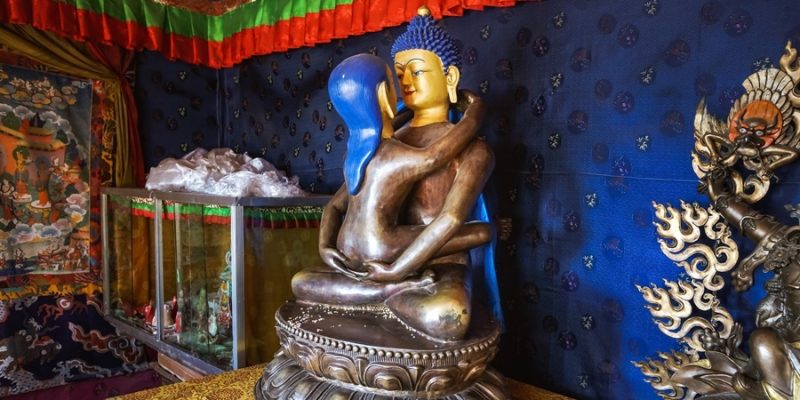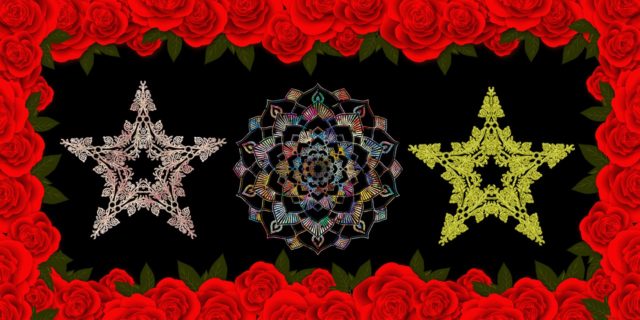
The Shiva Linga, also called Linga or Lingam (Lingham), is an aniconic symbolic representation of the Hindu God Shiva in Shaivism, the latter being a spiritual religious tradition in Hinduism. The Linga refers to the deity Shiva as the universal generative power, a representation of existence, all-pervasive being, creativity and fertility at the cosmic, universal level. It’s considered a masculine power as opposed to feminine powers, being one part of a whole, masculine and feminine together forming a sacred unity in oneness.

Lingam is a Sanskrit word — Sanskrit is the ancient Indian language used in the sacred scriptures — with the meaning of sign, symbol, mark, male sex organ, or phallus (among a range of other designations) and it appears in a variety of religious and spiritual texts of ancient India. These texts, the Vedas, increasingly contain mentioning the Lingam in the Upanishads writings as from the 1st millennium BCE.
The word Lingam is also found in Indian Sanskrit texts where it has a meaning less connected to Shaivism, but more abstract pointing to “the evidence of God” or “proof of God,” being the visible symbol and expression of that what is always not-visible, without form, yet all-pervasive and omnipresent. This is very much connected and rather similar with the idea of Brahma, which is the concept of the transcendent and immanent absolute reality, the supreme universal spirit as known in Hinduism.
One can usually find Lingam iconography and symbolism in Hindu temples that are dedicated to Shiva or in little Shiva shrines. The Lingam is often shown as a cylindrical pillar-shaped token standing upright within a round or disc-shaped platform. This platform or holder represents the Yoni (as a symbol of incarnations of the Shakti Goddess), which is the feminine counterpart of the Linga. Lingam symbols, image,s and representations haven’t been used in India only. One can found Linga iconography in many other Asian and Southeast Asian countries.

Although there are early references of the Lingam being the procreative sexualized phallic representation of the God Shiva, it’s actually only since the 19th-century that the Lingam has become increasingly associated directly with (and sometimes only with) the penis. This, in fact, is rather the result of certain interpretations of Tantric and Neo-Tantric ideas in the West. Traditionally however, the Lingam-Yoni concept and unity has been about masculine and feminine principles in the universe, and not just about sex, sexuality or the genitals.
Even in India, Tantra and Tantric ideas developed much later than the first references to the Linga. Tantra entered the stage around 500 CE as esoteric traditions of Hinduism and Buddhism emerging from Vishnu, Shiva, and/or Shakti centered practices. In Tantric teachings, human emotions, eroticism, sensuality and sexuality got more prominence than in previous Indian Vedic systems, and subsequently in the 20th century the Neo-Tantra movement took up Lingam and Yoni concepts as key elements for its work with sacred sexuality.


















